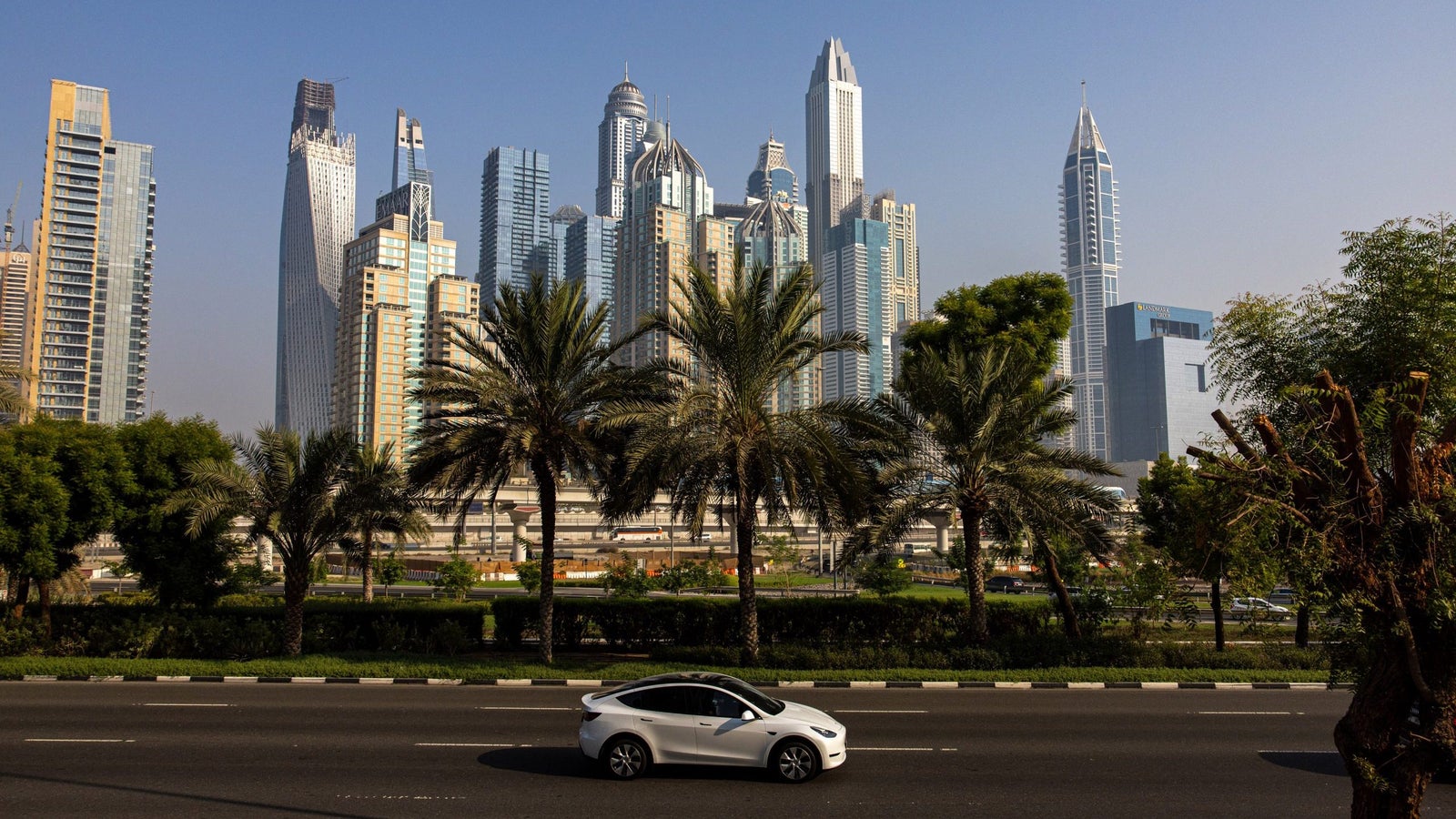Apple in China: How the Tech Giant Navigates a Complex Relationship

Apple's story in China is one of innovation, ambition, and mounting challenges. The relationship between the world’s second-most valuable company and its biggest overseas market has shaped both industries and political dialogues. As trade tensions intensify and global supply chains evolve, the position of Apple in China is more critical than ever.
The Importance of China for Apple
Apple relies heavily on China, making it the core of its manufacturing powerhouse. Since 2008, Apple has trained millions of workers in China and invested billions in infrastructure. These deep roots mean that nearly every iPhone and many other Apple devices pass through Chinese factories at some point in their creation. This unique partnership has made Apple’s supply chain one of the most efficient in the world.
According to an in-depth analysis by Rest of World, efforts to shift production to countries like India and Vietnam haven’t severed Apple’s dependence on China. Even when assembling iPhones in India, core components and sub-assemblies still come from Chinese suppliers. The sheer scale and sophistication of manufacturing in China remain unmatched elsewhere.
Challenges: Trade, Politics, and Public Scrutiny
Trade disputes and political climates between the United States and China create constant tension for Apple. Shifting tariffs impact costs, and government relations affect everything from supply chains to app availability. Apple must walk a fine line to maintain access to the Chinese market, while also trying not to depend too heavily on it.
Public scrutiny has increased, highlighting how Apple’s business decisions intertwine with Chinese government policies. This was recently spotlighted on The Daily Show, where Jon Stewart explored Apple’s approach to sensitive topics connected to China. Stewart discussed how the company sometimes avoids public conversations that could jeopardize its Chinese business interests. Journalist Patrick McGee, whose book "Apple in China: The Capture of the World's Greatest Company" examines these issues, reveals how Apple must balance profit and principle in China.
The Road Ahead: Can Apple Diversify?
Apple is making significant moves to diversify its manufacturing footprint. The company has increased investments in India and Vietnam, pledging to expand production and buy components from new regions. However, changes are occurring slowly. Supply networks built over decades in China can’t easily be replicated elsewhere.
Rest of World’s exclusive interview with Patrick McGee discusses how Apple faces the difficult task of not moving too quickly or too slowly. Any sudden withdrawal could provoke backlash from both Beijing and the Chinese public. At the same time, remaining too committed to China adds ongoing risk amid evolving global politics.

China’s growing tech sector poses additional challenges for Apple. Local brands like Huawei and Xiaomi increasingly compete with Apple. While the iPhone remains popular, these competitors are capturing ever more market share. This shift forces Apple to innovate continuously and localize its approach to remain competitive.
Conclusion: Apple in China Is at a Crossroads
The future of Apple in China will shape not only the tech giant's growth but also global trends in manufacturing, innovation, and geopolitics. As Apple cautiously diversifies its supply chain while maintaining deep roots in China, its journey is being closely watched worldwide. Consumers, investors, and governments all have a stake in how this relationship unfolds.
For more insights into this unfolding story, explore Patrick McGee’s book or watch the recent Daily Show segment delving into Apple’s strategy in China.